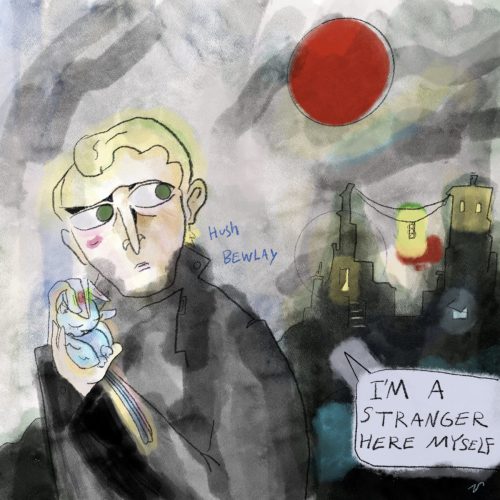Not far from my house, along the route I take to my dermatologist, is a small white Anglican church that has a children’s playground overlooking a cemetery. From the top of the banana-yellow slide, you’d be able to see the whole thing: row after row of plots, solemn gray headstones going back hundreds of years, gaudy old monuments whose engravings are too worn to read. If you got good enough momentum on the swing, you’d probably be able to hop the fence into the cemetery, but since the fence surrounding the playground is one of those pointy old wrought-iron things it’s probably best not to risk it. I’ve been fascinated by it ever since I first saw it; I thought us Catholics had cornered the market on the whole Gothic thing, and here were these white bread Anglicans beating us at our own game.
I had enough religious anxiety when I was younger that I didn’t need my leisure time to double as a memento mori, so it’s probably a good thing that I didn’t go to the Playground of Death. But listening to “Cathedral Swings,” a new song by the fantastically named Hush Bewlay, perhaps I was missing out after all. I’ve never attended church at a cathedral – although the nearest one is so big it can be seen from three towns over – so I don’t know if “Cathedral Swings” are a regular sight. Still, the way Bewlay sings about them, dreamily yet rather matter-of-factly, makes me believe that, if it’s not a universal experience, it’s at least his experience.
Juxtaposing childlike innocence with sepulchral imagery is a long and proud tradition, as in The Smiths’ “Cemetry Gates” or Neil Gaiman’s The Graveyard Book, and “Cathedral Swings” fits nicely alongside them. Crucially, it doesn’t get cute with it; it doesn’t try to be the musical equivalent of a Tim Burton rip-off. The song is quiet, dreamy, and thoughtful, and while some of the things Bewlay sings about sound promising enough (stealing parents’ jewelry and makeup, painting each other up like cats and roaming the town) it’s delivered with a heavy heart. It feels like something is ending, or perhaps has already ended some time ago. One of the more evocative lines is “I’ll meet you by the cathedral swings/So we can see for certain” – certain of what, it’s unclear, but I’m reminded of the “come and see” refrain in Revelations.
Speaking of the apocalypse, Bewlay describes the song as “a goth-inspired walk through the end of the world, but genuinely uplifting.” That sounds like a contradiction, but the end of the world doesn’t have to mean the end of everything, does it? The end of this world could very well lead to the beginning of another – and even if everyone’s gone, the ghosts won’t starve. Despite the haunting atmosphere, “Cathedral Swings” is a gothic song with a twee heart: it suggests that, with the right person by your side, even the end of days can have the cozy, mysterious excitement of Halloween at dusk.







